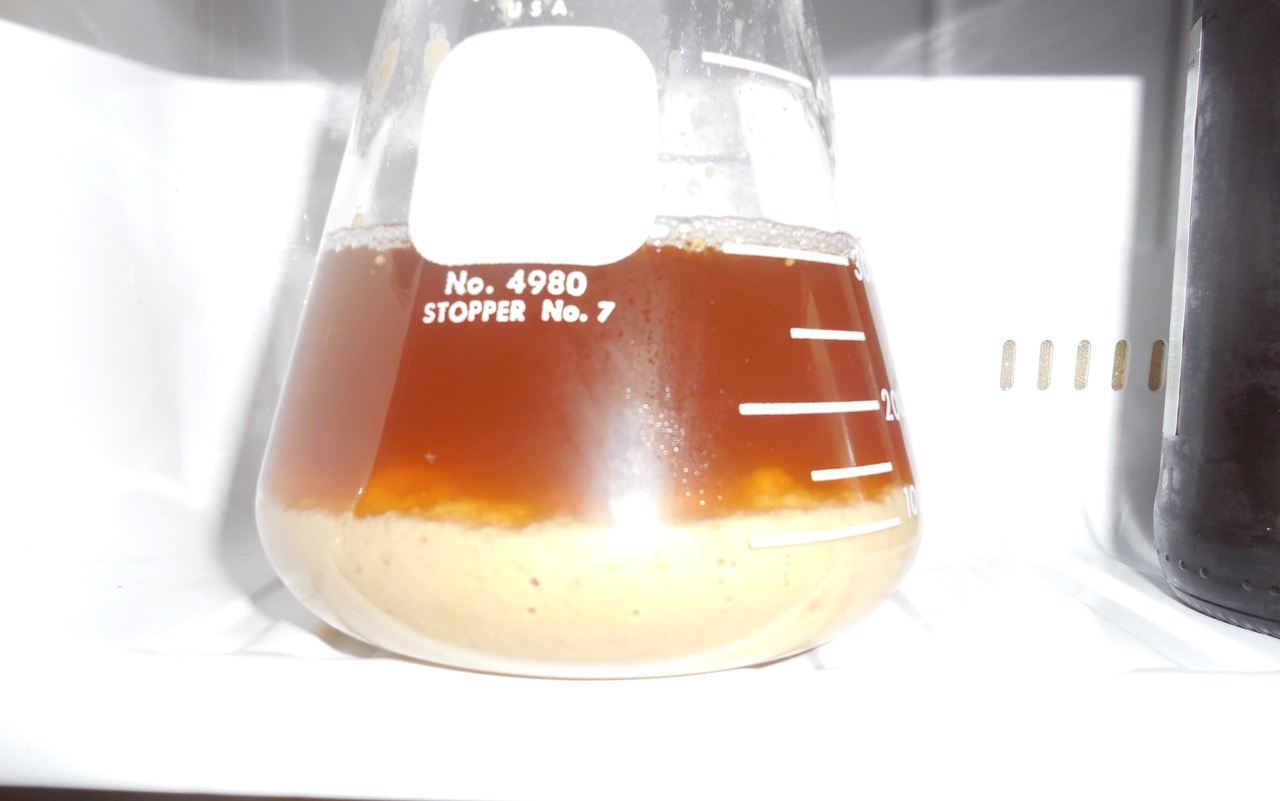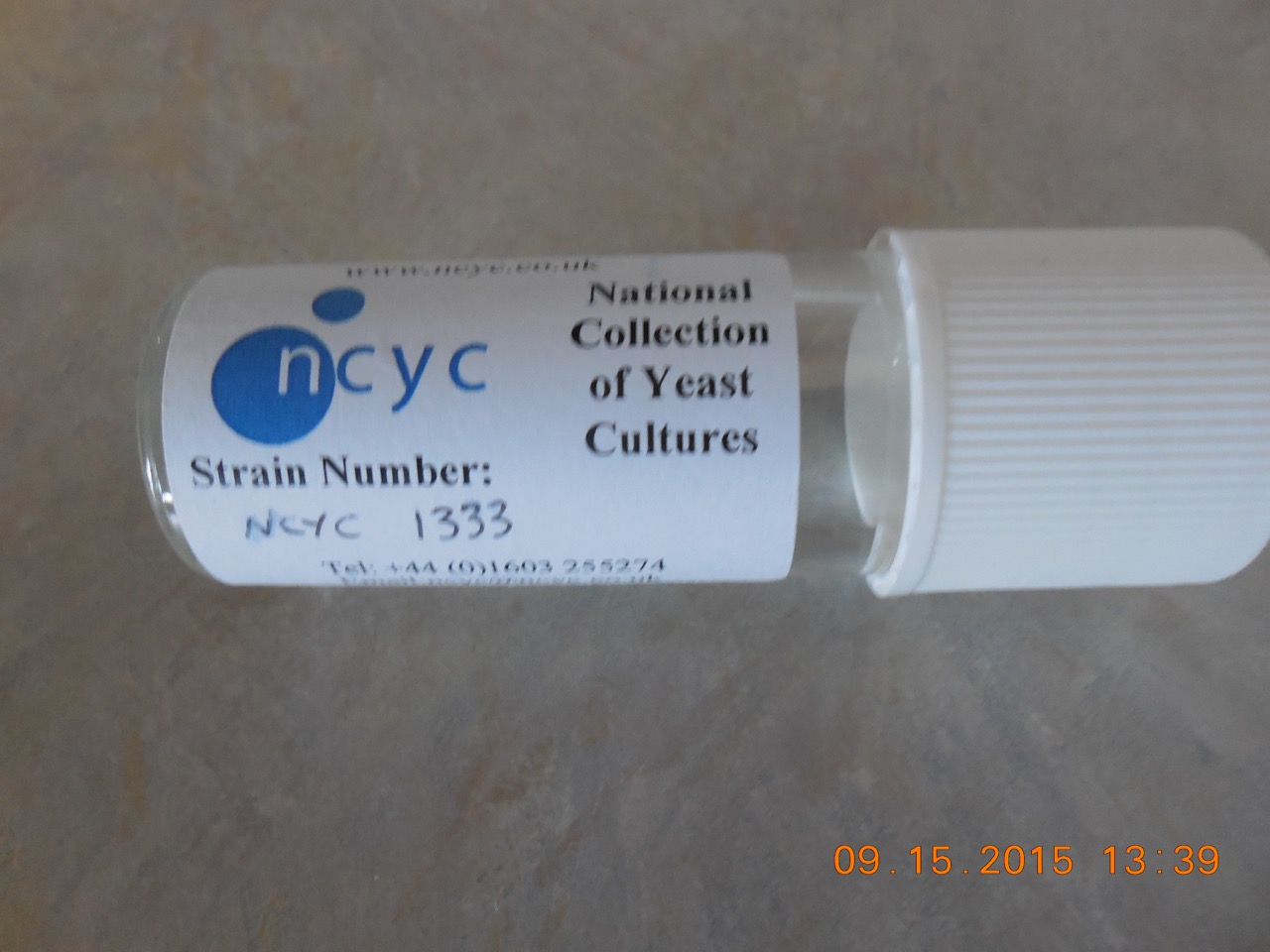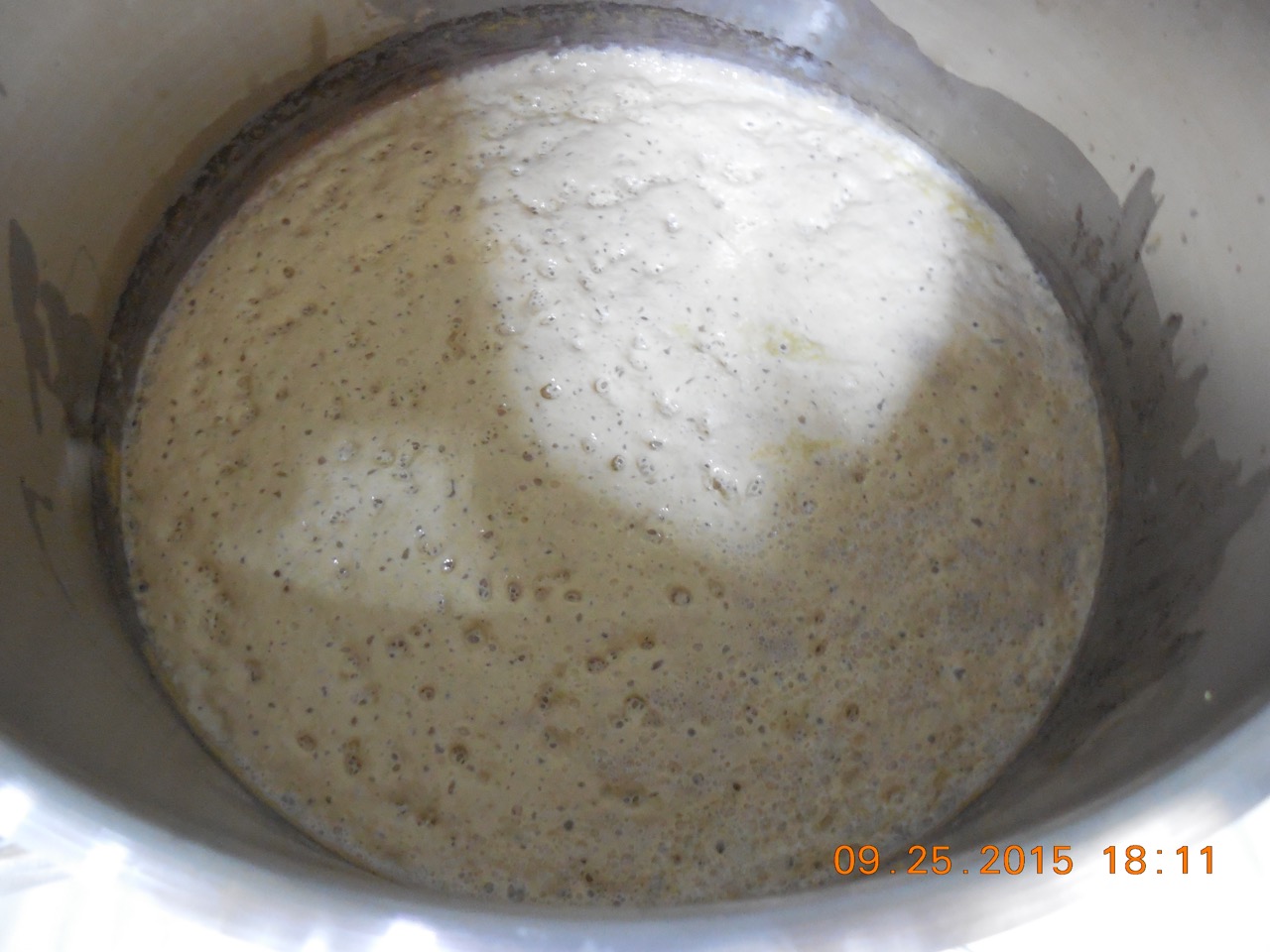saccharomyces
Active Member
I posted this information on the AHA forum over six years ago, but it appears that many brewers have yet to receive the memo with respect to yeast rinsing being a very poor brewing practice. Like secondary fermentation vessels and stir plates, dogma that is contrary to science is very difficult to kill in the amateur brewing community.
A yeast culture "owns" a batch of wort by shutting out competitors. It rapidly consumes dissolved oxygen, which shuts out aerobic microorganisms. A yeast culture also lowers the pH of the medium from around 5.2 to around 4.2, which shuts out pH sensitive anaerobic microflora. The final defense that a yeast culture mounts is the production of ethanol, which is toxic to microorganisms, including the culture itself.
Replacing green beer with boiled water strips the culture of the force field that it built for itself, which means that the water has to be completely free of wild vegetative cells (and spores that can germinate into vegetative cells) because they will feast on dead yeast cells. Bacteria cells multiply three times faster than yeast cells (i.e, an eight-fold increase in bacteria cell count for every two-fold increase in the yeast cell count), which means that a small infection can overtake a larger yeast culture when pitched into fresh wort.
The best way to crop is to "top crop" at high krausen. However, top-cropping requires one to use a true top-cropping strain in order to be most effective. Top-cropping naturally purifies a culture because wild yeast and bacteria do not floc to the top. Top-cropped yeast can be repitched almost indefinitely.
When using a non-top-cropping yeast strain, I usually leave enough liquid behind after racking to be able to swirl the solids back into suspension (my primary volume is 1/3 to 1/2 gallon larger than the volume I expect to rack). Swirling the solids back into solution using green beer, waiting a few minutes for the heaviest fraction to settle, and then decanting the liquid fraction has the same effect as rinsing with boiled water; however, it keeps the low pH, ethanol laden environment intact. If one wants to attempt to rid the culture of mutants, one can decant and discard most of the supernatant (liquid above the solids) as soon as a creamy layer of yeast forms on the bottom of the container.
As stated above, one of the first things that a yeast culture does when pitched into a batch of wort is to lower the pH from around 5.2 to around 4.2. One has heard that pathogens do not grow in beer. One of the reasons why pathogens do not grow in beer is due to its relatively low pH. For example, Clostridium botulin growth is inhibited below pH 4.6.
Contrary to what was written in early amateur brewing books, brewing yeast cultures do not respire in wort due to a phenomenon known as the Crabtree effect. Hence, brewing yeasts do not go through a period of respirative (aerobic) growth before they start to reproduce fermentatively (anaerobic growth). In the presence of glucose levels above the Crabtree threshold, all reproduction is fermentative. As many of you probably noticed while reading Yeast, yeast cells use dissolved oxygen to build ergosterol and unsaturated fatty acid (UFA) reserves (these reserves are shared with with all of the daughter cells). Yeast cells perform this feat by shunting oxygen to the respirative metabolic pathway while simultaneously metabolizing the carbon source via the fermentative metabolic pathway.
What this preference to reproduce fermentatively means to a brewer is that yeast cells pretty much start producing ethanol almost as soon as they are pitched into a batch of wort. While ethanol has a limiting effect on the viability of a yeast culture, it also protects the culture from infection. Boiled water is not truly sterile. Boiled tap water also tends to have a pH of at least 7.0; therefore, it raises the pH of the culture.
With the above said, most experienced amateur brewers eventually reach the conclusion that one can just crop and repitch without doing anything to separate the viable cells from the dead cells and break material, especially if they leave most of the break and hop material in the kettle. Less is definitely more when cropping yeast.























![BREWING THERMOMETER STICKERS ACCURATELY MONITOR FERMENTING BEER & WINE LIQUID TEMPERATURES 5PCS HOME BREW SPIRITS WINE LCD ADHESIVE [US]](https://m.media-amazon.com/images/I/311DDjo2X3L._SL500_.jpg)























